With the continuous development of the power system, overhead conductors, as an important carrier of power transmission, play an increasingly important role in our lives. However, there are obvious differences between high-voltage wires and cables and low-voltage wires and cables as two different forms of power transmission.
High-voltage overhead lines are mainly used in power transmission and distribution systems. Generally speaking, the voltage of high-voltage overhead lines is above 10KV, and the electrical energy transmitted is very large. Therefore, components such as lightning protection wires, conductors, and ground wires need to have high strength and reliability.
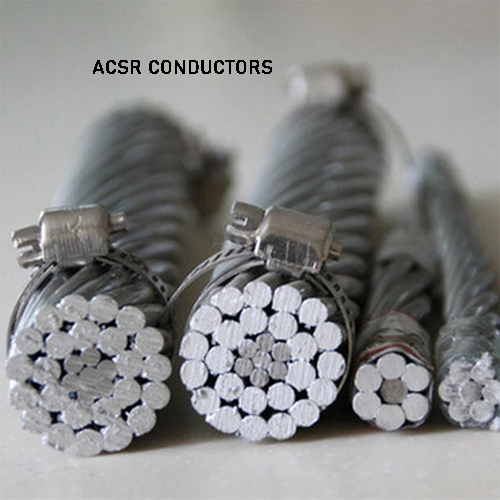
Normally, the conductors used in high-voltage overhead conductors are ACSR conductors. It is characterized by being composed of an aluminum outer layer and one or more iron core steel wires. The aluminum outer layer has good electrical conductivity, and the iron core steel wires have high strength and windproof and tensile properties.
The cross-sectional area of the conductors used in high-voltage overhead conductors lines is relatively large, generally more than 100 square millimeters. This is because high-voltage overhead lines carry larger currents and require larger conductor cross-sections to transmit power.
Low-voltage overhead lines are mainly used in the power supply system of urban and rural power grids. Low-voltage overhead lines generally range in voltage from 220V to 1000V and are commonly used for domestic power and small commercial power.
Different from high-voltage overhead conductors lines, the commonly used conductors for low-voltage overhead lines are bare copper wires or aluminum stranded wires. Copper or aluminum wires are exposed directly on the outer surface without any insulation layer. This type of wire is cheaper, but also fragile and not suitable for high-strength transportation systems.
Unlike high-voltage overhead lines, which have larger conductor cross-sectional areas, generally, low-voltage overhead lines use conductors with smaller cross-sectional areas, generally between 25 square millimeters and 100 square millimeters.
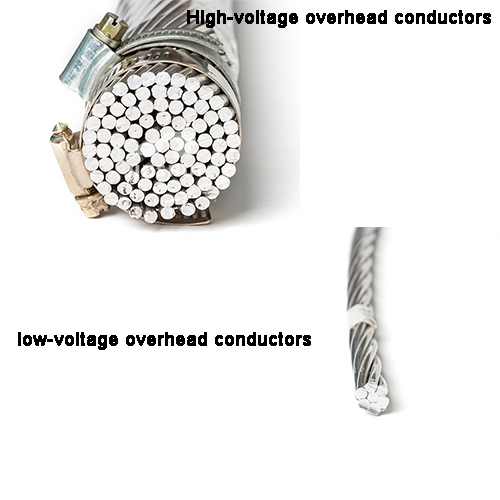
High-voltage overhead lines are mainly used for power transmission and distribution systems of 10KV and above, while low-voltage overhead conductors lines are mainly used for 220V to 1000V, mainly supplying electricity to households and small businesses.
Since high-voltage lines transmit a large amount of electrical energy, the strength and stability of the lines are required to be higher; while the strength and stability of low-voltage lines are lower. Therefore, suitable overhead lines should be selected in different usage environments.
When designing distribution lines, the safety of the lines needs to be considered, including requirements for their location, methods to prevent accidents, and the settings of the dispatching system.
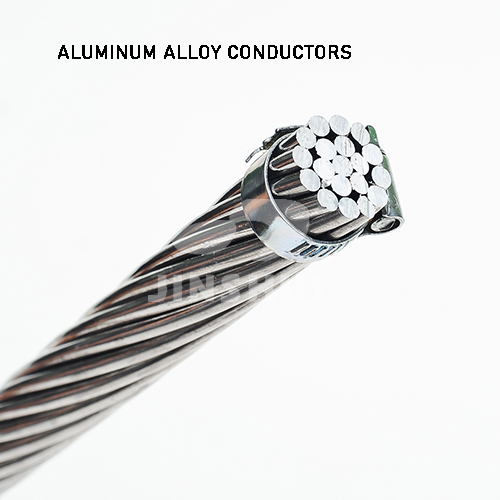
Materials such as wires and cables for distribution lines should comply with international and domestic standards, and materials with reliable quality and high cost performance should be selected. At the same time, different wire types should be selected according to different scenarios and needs, such as aluminum alloy conductors, steel core aluminum stranded conductors, etc.
With the progress of society and the development of science and technology, people pay more and more attention to environmental protection. Therefore, during the design and construction process of distribution lines, it is also necessary to pay attention to environmental protection and use environmentally friendly materials and technologies to reduce environmental pollution and damage.
Generally speaking, high-voltage overhead line lightning protection lines use steel-core aluminum stranded wires with large cross-sectional areas, while low-voltage overhead conductors lines use bare copper wires or aluminum stranded wires with small cross-sectional areas. Zhengzhou Jinshui Industrial Co., Ltd. reminds you that when choosing overhead lines, you should choose the appropriate line according to the usage environment and voltage level.
Get A Free Quote
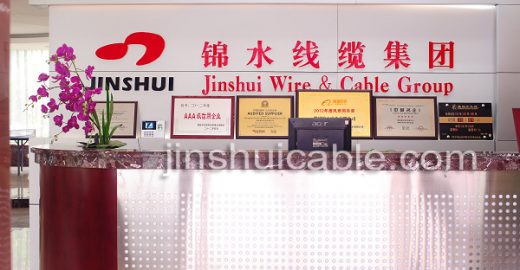
The Benin account manager came to our company to discuss the business of ABC cable! Yemen brotherhood customers come to the company to exchange product…

Zhengzhou Jinshui Industrial Co., Ltd. wishes you a Merry Christmas!!
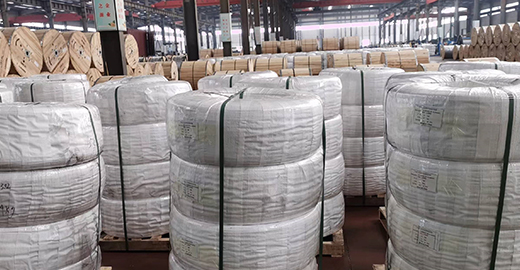
The weather is unpredictable, and we must be able to have solutions at any time. Zhengzhou Jinshui Industrial Co., Ltd. will gradually analyze the impact…
Submit Request
PDF Request